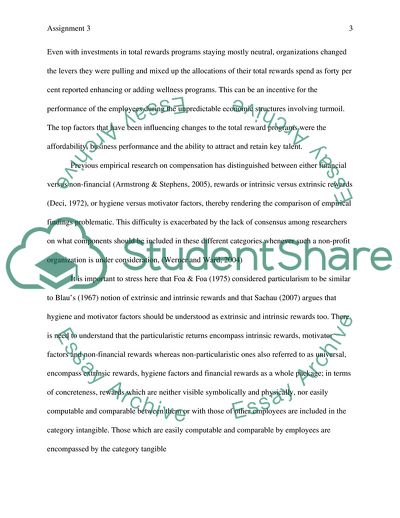Cite this document
(Total Rewards System Proposal Research Paper Example | Topics and Well Written Essays - 2250 words, n.d.)
Total Rewards System Proposal Research Paper Example | Topics and Well Written Essays - 2250 words. https://studentshare.org/management/1809317-total-rewards-system-proposal
Total Rewards System Proposal Research Paper Example | Topics and Well Written Essays - 2250 words. https://studentshare.org/management/1809317-total-rewards-system-proposal
(Total Rewards System Proposal Research Paper Example | Topics and Well Written Essays - 2250 Words)
Total Rewards System Proposal Research Paper Example | Topics and Well Written Essays - 2250 Words. https://studentshare.org/management/1809317-total-rewards-system-proposal.
Total Rewards System Proposal Research Paper Example | Topics and Well Written Essays - 2250 Words. https://studentshare.org/management/1809317-total-rewards-system-proposal.
“Total Rewards System Proposal Research Paper Example | Topics and Well Written Essays - 2250 Words”. https://studentshare.org/management/1809317-total-rewards-system-proposal.


